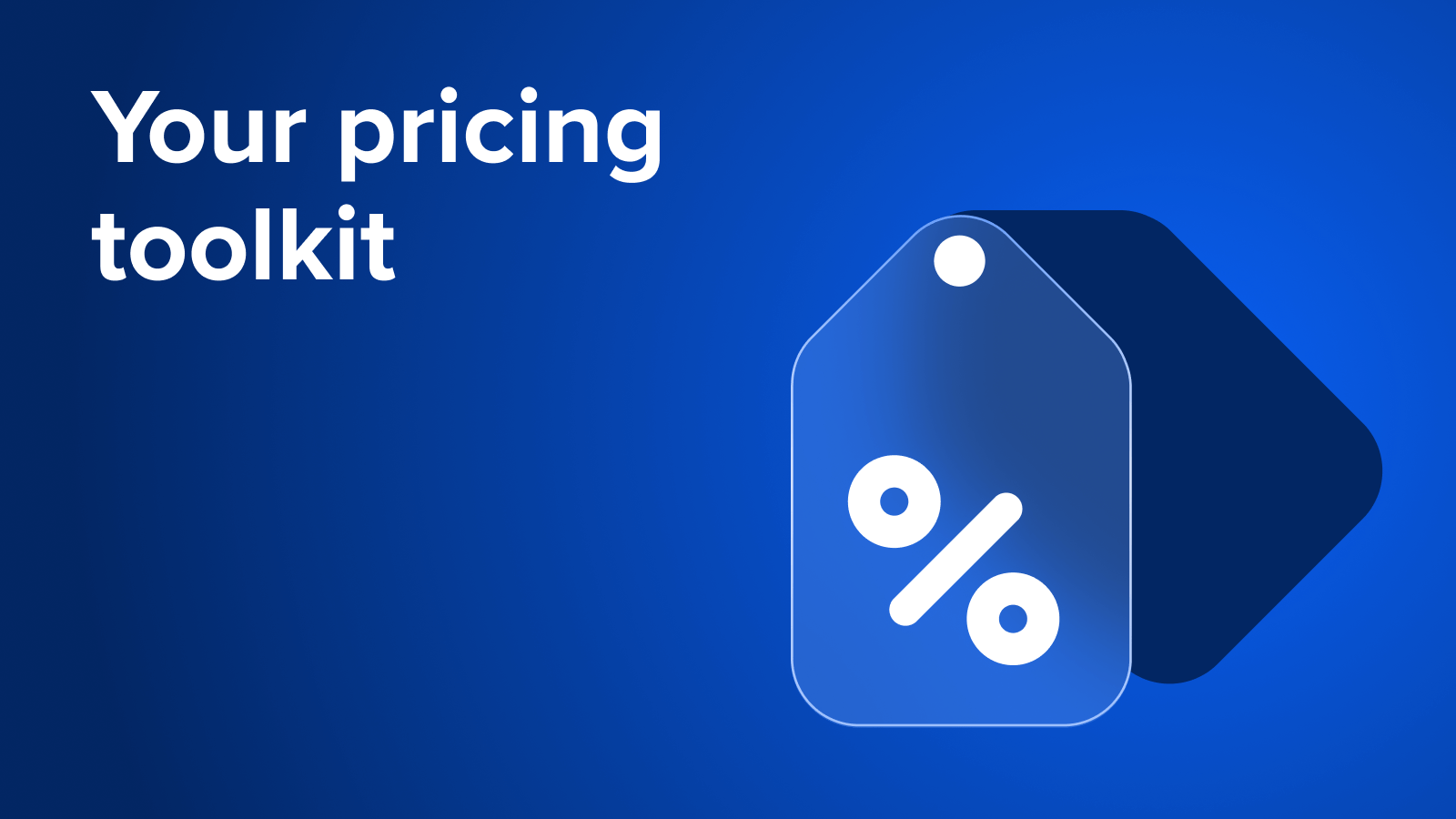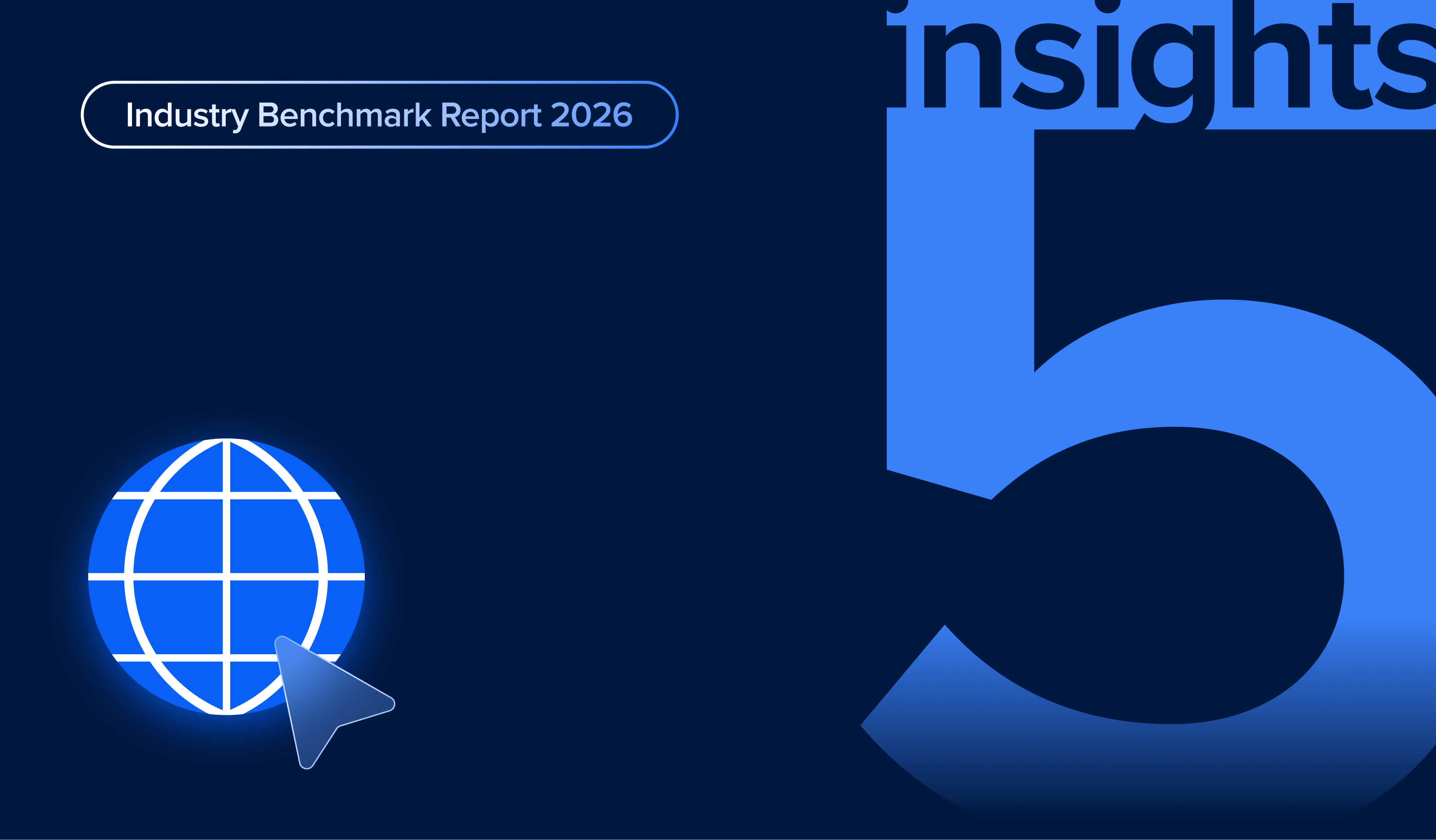Dynamic, Variable and Static Pricing: What’s Best for the Attractions Industry?
.png?width=820&name=Dynamic%2c%20Variable%20and%20Static%20Pricing_%20What%E2%80%99s%20Best%20for%20the%20Attractions%20Industry__Blog%20size%20(1).png)
Have you ever been surprised by a ticket price changing right before your eyes? Whether it’s for concerts, sports events, or theme parks, consumers are increasingly noticing fluctuating prices and questioning the fairness behind them. These sudden changes are often due to dynamic pricing—something that’s sparking debate over fairness and transparency.
From rising ticket costs to hidden fees, dynamic pricing is making headlines across the globe. In response, governments in Australia and Europe are considering regulations to curb these practices. But what many people call "dynamic pricing" is often just variable pricing—where prices shift based on predetermined factors like the time of day or season, rather than real-time demand.
For operators in the attractions industry, it’s important to understand the differences between pricing models so you can choose the best strategy for your venue and keep your pricing clear and transparent for your customers. In this article, we’ll break down static, variable, and dynamic pricing, and explore how each one could impact your business.
What is static pricing?
Static pricing is the most straightforward pricing strategy—ticket prices remain the same no matter the time of day, season, or how busy your venue is. For example, whether your venue is fully booked or nearly empty, everyone pays the same fixed price for admission. This 'set it and forget it' approach makes static pricing easy to manage for both operators and customers. Venues can set their prices and leave them unchanged, offering consistency that many guests appreciate.
For smaller attractions with stable demand, static pricing can provide predictability in financial planning. However, the downside is that it leaves money on the table during peak periods when higher prices could be charged. It also doesn’t attract visitors during slower times, when a discounted rate might fill empty spaces.
Pros of static pricing
- Easy to manage: Static pricing is simple to implement and requires minimal changes over time.
- Customer-friendly: Guests know exactly what to expect, providing transparency and consistency.
- Predictability: Operators can easily forecast revenue, making budgeting and staffing easier.
Cons of static pricing
- Missed revenue opportunities: You can’t take advantage of higher demand during peak times.
- Inflexibility: Static pricing doesn’t adjust for demand fluctuations, which could lead to lower profits in busy seasons.
Read more: How to Increase Online Cart Size with Add-Ons
What is variable pricing?
Variable pricing introduces more flexibility into your pricing structure by adjusting ticket prices based on predetermined factors such as the season, day of the week, or time of year. For instance, you might charge higher prices on weekends or during the summer months when demand naturally spikes, while offering lower prices on weekdays or in the off-season. This allows venues to balance visitor numbers and make better use of their capacity.
The benefit of variable pricing is that it doesn’t require real-time adjustments, making it easier to manage than dynamic pricing while still offering some flexibility. However, because prices are set in advance, this model doesn’t respond to sudden changes in demand, like a local event or a rainy forecast that could drive more visitors your way.
Pros of variable pricing
- Flexibility: Venues can adjust prices to reflect peak and off-peak periods, helping balance visitor numbers.
- Revenue optimization: You can charge higher prices during peak times, increase profits, and offer discounts during off-peak times to attract more guests.
- Customer planning: Guests can plan visits during lower-priced periods, increasing attendance during off-peak times.
Cons of variable pricing
- Pre-set limitations: While more flexible than static pricing, variable pricing still relies on predetermined factors and isn’t as responsive as real-time pricing models.
- Higher management effort: Variable pricing requires regular updates and monitoring to ensure prices remain aligned with demand.
What is dynamic pricing?
Dynamic pricing is a more advanced and responsive pricing model, where ticket prices adjust in real time based on immediate factors such as demand, weather, or competitor pricing. Often used by airlines and hotels, dynamic pricing is designed to maximize revenue by raising prices when demand is high and lowering them when demand is low.
For example, if a theme park sees a surge in visitors on a sunny Saturday, ticket prices will increase to capitalize on the higher demand. On a rainy weekday, prices might drop to encourage more guests to visit. This model allows venues to be highly responsive to market conditions and optimize revenue throughout the year.
However, dynamic pricing can also confuse customers if price changes aren’t clearly communicated, potentially leading to frustration or a perception of unfairness.
Read more: Dynamic Ticket Pricing: How To Implement It
Pros of dynamic pricing
- Real-time price changes: Venues can optimize revenue by adjusting prices to meet real-time demand.
- Responsive to market conditions: Dynamic pricing quickly adapts to factors like demand, weather, or events.
Cons of dynamic pricing
- Complexity: Requires constant monitoring as prices change frequently.
- Customer confusion: Without clear communication, dynamic pricing can confuse guests, leading to dissatisfaction or perceptions of unfairness.
What is surge pricing?
Surge pricing is a specific type of dynamic pricing where prices increase temporarily during periods of high demand. A well-known example of surge pricing is Uber, which increases ride fares during peak times, such as rush hour, major events, or bad weather, when passenger demand exceeds driver availability. For instance, during a music festival or a sporting event, when many people need rides at the same time, the cost of an Uber ride might double or even triple.
While effective at boosting revenue, surge pricing can lead to negative customer reactions, especially if it’s not handled transparently.
Pricing in the attractions industry
Over the last fifteen years, variable pricing and dynamic pricing have become more common across the attractions industry. According to a poll conducted by IAAPA, nearly 70% of attractions still update their prices only once a year, but those that adjust pricing more frequently are seeing significant financial benefits. For larger venues with significant variability in attendance, variable and dynamic pricing can make a huge difference by allowing you to gain more revenue during high-demand periods– while attracting more visitors during slower times.
Some of the biggest names in the industry have embraced dynamic pricing including Disney, which introduced tiered pricing in 2018, offering value, regular, and peak pricing based on anticipated demand. Legoland and other major theme parks, like Universal Studios, have followed suit.
However, while dynamic pricing can boost revenue, it’s not without challenges. According to a study by Rosen College of Hospitality Management, one of the major risks associated with dynamic pricing is the perception of unfairness among consumers. If guests feel they’re being unfairly charged or don’t understand the price fluctuations, it can damage trust and loyalty.
Read next: 10 Proven Ways to Sell More Tickets To Your Attractions
The future of pricing in the attractions industry
As the attractions industry embraces more advanced pricing models like dynamic and variable pricing, it’s crucial to maintain transparency and trust with your guests. Clear communication about pricing changes and understanding customer perceptions can lead to higher guest satisfaction and a better overall experience.
However, pricing is just one part of the equation. To truly thrive, it’s important to continuously improve the guest experience—and that’s where ROLLER’s GX Score can help. Our guest feedback software automatically collects and analyzes guest responses, providing you with actionable insights to enhance their experience. With features like instant alerts for negative feedback and industry benchmarks, you can stay ahead of the curve and turn guest insights into revenue-driving strategies.
Ready to see how ROLLER can boost both your revenue and guest satisfaction? Book a demo today!
Read next: How to Attract More Guests to Your Venue with Google Reviews
Related articles

.png)
Payment Trends That Will Shape 2026: Insights from the Attractions Industry Benchmark Report

How to Optimize Your Online Checkout: 5 Key Insights from the 2026 Benchmark Report
Enhance your guest experience
Get free education, tips and inspiration to help you run a successful venue.
